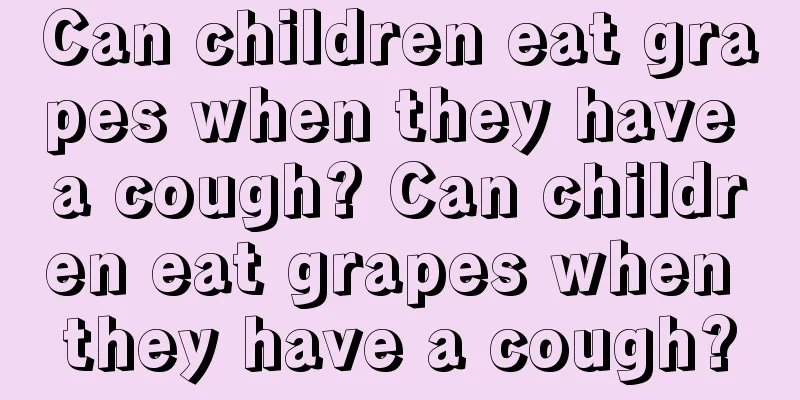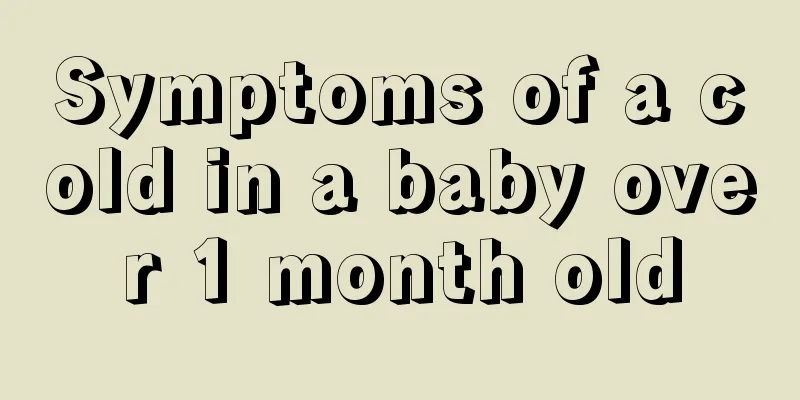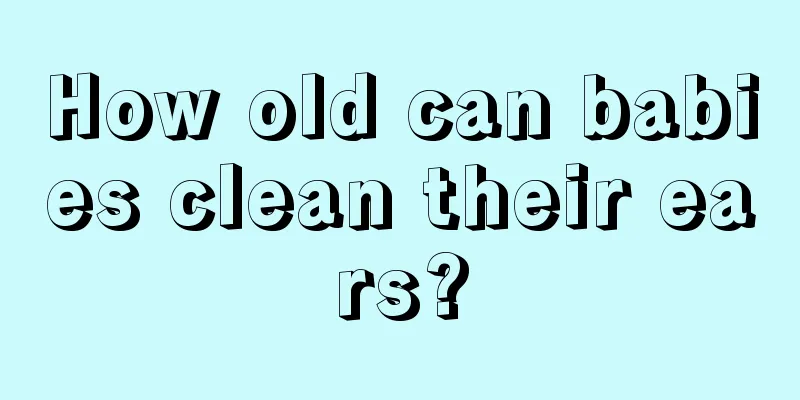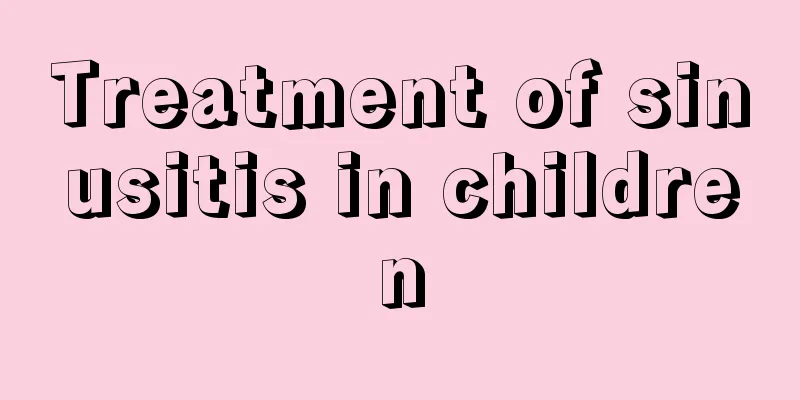How to treat allergic conjunctivitis in children
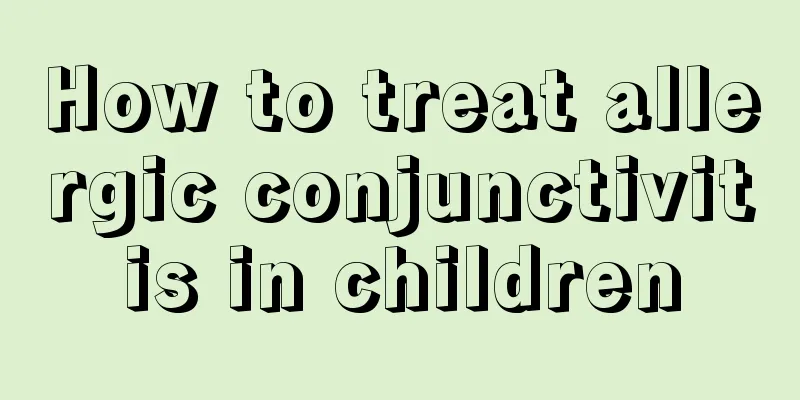
|
Children's eyes are relatively fragile, and they do not know how to protect their eyes, so children are relatively more vulnerable to some eye diseases, among which allergic conjunctivitis is extremely common. Parents must pay attention to it after the disease occurs, and take their children to the ophthalmology department of the hospital in time for effective treatment to reduce the damage. 1. General treatment Allergen avoidance is the most ideal and effective treatment. Contact with possible allergens should be avoided as much as possible. For example, remove rags and blankets from the room, pay attention to bed hygiene, use pesticides to eliminate insect mites in the room, avoid contact with grass, tree flowers, etc. during the pollen transmission season, stop wearing or replace high-quality contact lenses and care solutions. Applying cold compresses to the eyelids may provide temporary relief. 2. Medication (1) Antihistamines Antihistamines are usually used topically. Commonly used eye drops include 0.1% Emedastine, 0.05% Levocabastine, 0.1% Olopatadine and 0.5% Ketorolac. If there are extraocular symptoms, oral medications can be used, but their effect is not as good as topical medications. Commonly used oral medications include diphenhydramine, chlorpheniramine, promethazine, etc. The combined use of antihistamines and vasoconstrictors, such as Runjianasol, can often achieve better therapeutic effects. (2) Commonly used mast cell stabilizers include disodium chromoglycate and nedocromil. Although mast cell stabilizers are less effective than antihistamines overall, they appear to be more effective in suppressing tearing. Best used before exposure to allergens. (3) Nonsteroidal anti-inflammatory drugs can be used in both the acute and intermittent stages of allergic diseases. They have shown certain therapeutic effects in relieving eye symptoms and signs such as itchy eyes, conjunctival congestion, and tearing. They can also reduce the dosage of hormones. Commonly used drugs include indomethacin (diclofenac sodium) and aspirin. (4) Commonly used drugs for topical use of vasoconstrictors include epinephrine naphazoline, oxymetazoline, tetrahydrozoline, etc., which can improve eye discomfort and reduce ocular surface congestion. (5) Glucocorticoids should only be used when other drugs are ineffective in treating severe allergic conjunctivitis, and the duration of use should not be too long to avoid complications such as cataracts, glaucoma virus infection, fungal infection, and delayed corneal epithelial healing. Commonly used ones include dexamethasone, betamethasone and fluorometholone. (6) The main immunosuppressants are cyclosporine A and FK506. For some severe cases of vernal keratoconjunctivitis that require the use of hormones, topical application of 2% cyclosporine A can quickly control local inflammation and reduce the amount of hormones used. However, relapse is common after medication discontinuation. 3. Desensitization treatment This method is mainly used for seasonal allergic conjunctivitis. Its therapeutic effect is often not ideal for other subtypes of allergic conjunctivitis, so it is rarely used. 4. Cryotherapy This method is mainly used for vernal keratoconjunctivitis. Cryotherapy is often used on the upper eyelid conjunctiva, lowering the temperature to -80°C to -30°C for 30 seconds. Cryotherapy can be repeated 2 to 3 times. 5. Psychotherapy Ocular allergic disease is an acute or chronic recurrent disease, and it is often very difficult to completely cure it. Therefore, it causes great psychological pressure on some patients. In particular, some children with vernal keratoconjunctivitis may have certain psychological disorders and should be paid attention to. |
<<: How much plasma protein is in a child
>>: Why is my baby’s hair yellow? Tell you the most comprehensive reason
Recommend
Stereotyped behaviors in children with autism
In fact, some parents are unable to identify when...
What is the matter with the child shaking his head?
Every move of the children touches the hearts of ...
How to prevent children from precocious puberty
On the other hand, some genetic factors and gene ...
Newborn baby's anus peeling
The skin of newborns is generally delicate, so so...
What to do if a child has a high fever and diarrhea? Nursing is the key
If a child has diarrhea and fever, it means that ...
What to do if your newborn's anus is red
Normally, newborns have delicate skin, so even a ...
What are the common causes of redness in boys' urethra?
If a boy's urethral opening is red, we need t...
What should I do if my child sweats on his back when sleeping at night?
I believe that parents will seek answers to their...
What's the best thing for kids to eat for lunch?
Lunch is a very important meal, not only for adul...
What to do if your child has a cough and fever
Cough and fever are symptoms, and when these symp...
Baby will like pork liver more if you cook it this way
Pork liver is rich in vitamins and various nutrie...
When do children lose their teeth?
Children's menstrual cycles and some precauti...
How many months is it best to wean a baby?
Weaning is a very critical period for babies and ...
Sores on the child's arm
In life, many people often get sores on their ski...
What happens when my child gets blister-like bumps on his body?
Very young children may develop many kinds of ski...


